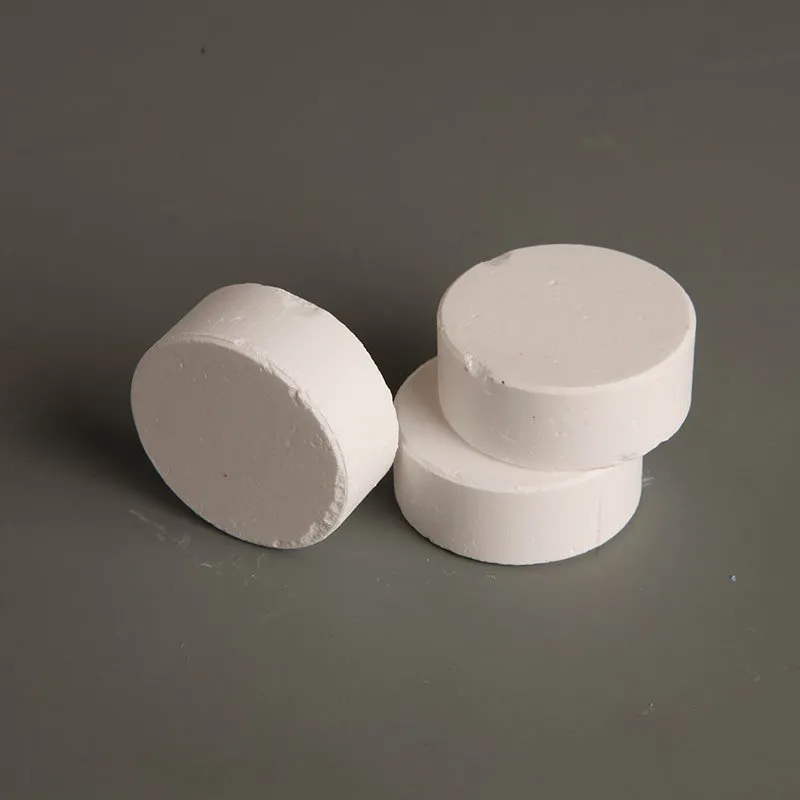



anionic polyacrylamide uses
The Versatile Applications of Anionic Polyacrylamide A Comprehensive Overview
Anionic polyacrylamide (APAM) is a synthetic polymer that has gained significant attention across various industries due to its excellent water-solubilizing properties and ability to function as a flocculant, coagulant, and thickening agent. Its unique structure comprises a backbone of polyacrylamide with anionic charges, which enhances its performance in numerous applications. In this article, we will explore the diverse uses of anionic polyacrylamide, highlighting its importance in sectors such as agriculture, water treatment, oil recovery, and mining.
One of the primary applications of anionic polyacrylamide is in the field of agriculture. APAM is utilized as a soil conditioner that improves soil structure, enhances moisture retention, and reduces erosion. In arid and semi-arid regions, where water scarcity is a pressing concern, the use of APAM can significantly improve crop yields by maintaining soil moisture. By aiding in the formation of larger aggregates, APAM helps create a more stable soil structure, allowing better aeration and root growth. Additionally, it can be used in irrigation systems to control water movement and reduce water loss through evaporation.
The Versatile Applications of Anionic Polyacrylamide A Comprehensive Overview
The oil and gas industry also benefits greatly from the applications of anionic polyacrylamide. In enhanced oil recovery (EOR) processes, APAM is used to improve the viscosity of water injected into oil reservoirs, helping to mobilize crude oil trapped in rock formations. This enhanced mobility not only increases the amount of recoverable oil but also minimizes the environmental impact of drilling operations. Additionally, APAM serves as an effective additive in drilling fluids, aiding in the stabilization of boreholes and reducing fluid loss during drilling activities.
anionic polyacrylamide uses

In the mining industry, anionic polyacrylamide plays a vital role in mineral processing operations. It is commonly employed in the flotation process, where it enhances the separation of valuable minerals from unwanted materials. By improving the aggregation of mineral particles, APAM facilitates the efficient recovery of metals and reduces the environmental footprint of mining activities. Furthermore, APAM is used in tailings management, where it improves the settling and consolidation of tailings, resulting in less waste and better reclamation of mining sites.
Another notable application of APAM lies in the production of cosmetics and personal care products. Due to its thickening and emulsifying properties, anionic polyacrylamide is incorporated into formulations for lotions, shampoos, and creams, improving texture and stability. Its ability to create a smooth feel enhances user experience, making it a sought-after ingredient in the cosmetics industry.
Despite its numerous advantages, it is essential to handle anionic polyacrylamide with care, as with any chemical product. Proper adherence to safety guidelines ensures minimized health risks and environmental impacts. Moreover, ongoing research aims to explore the biodegradable alternatives to APAM, contributing to a more sustainable future in its various applications.
In conclusion, anionic polyacrylamide is an exceptionally versatile polymer with a wide range of applications across multiple industries. From agriculture and water treatment to oil recovery and mining, its unique properties make it indispensable in enhancing efficiency and sustainability. As researchers continue to innovate, the potential for anionic polyacrylamide’s applications will likely expand, promising even greater benefits in the years to come.
-
Why Sodium Persulfate Is Everywhere NowNewsJul.07,2025
-
Why Polyacrylamide Is in High DemandNewsJul.07,2025
-
Understanding Paint Chemicals and Their ApplicationsNewsJul.07,2025
-
Smart Use Of Mining ChemicalsNewsJul.07,2025
-
Practical Uses of Potassium MonopersulfateNewsJul.07,2025
-
Agrochemicals In Real FarmingNewsJul.07,2025
-
Sodium Chlorite Hot UsesNewsJul.01,2025










